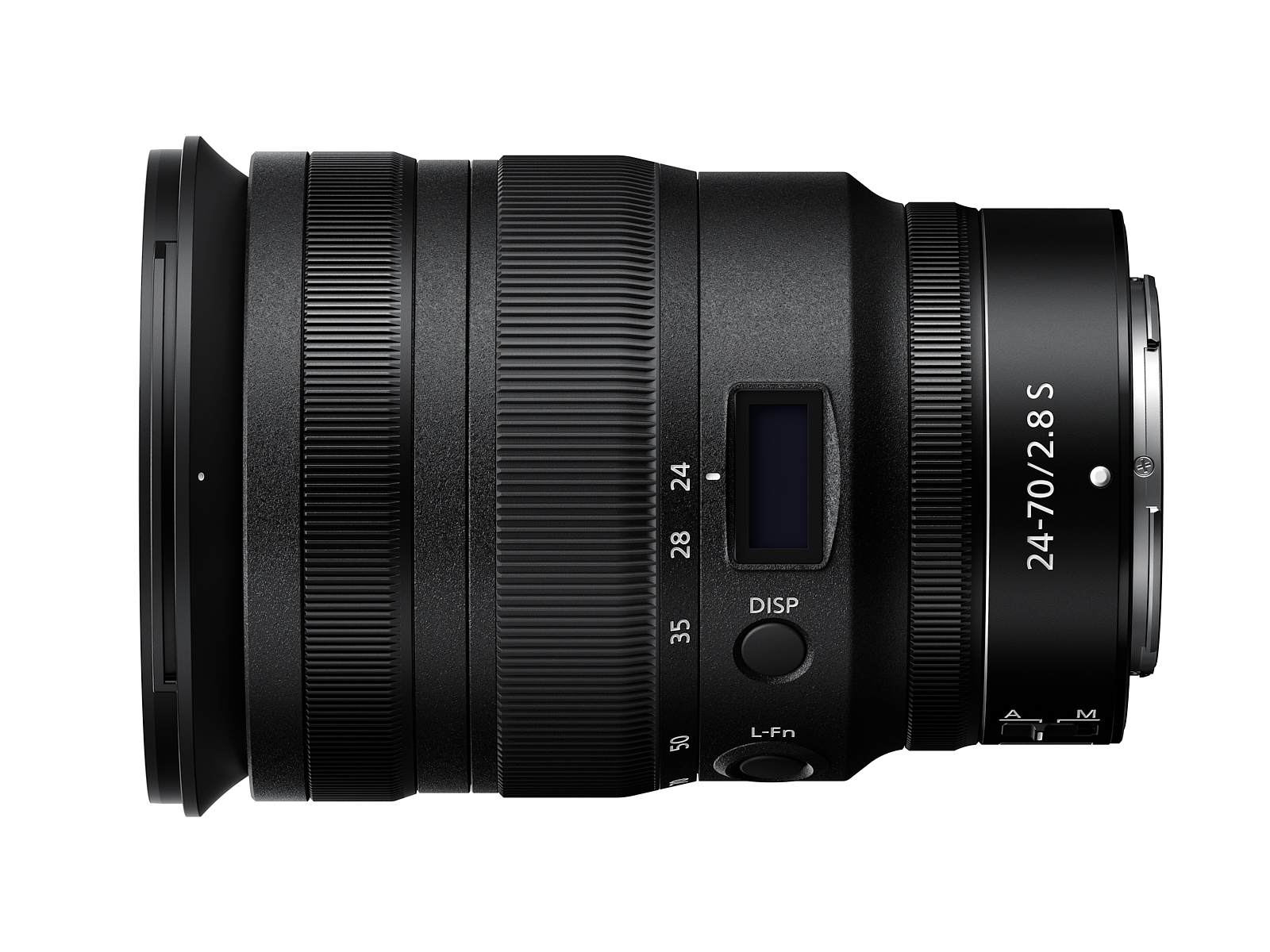
Nikon Nikkor Z 24-70mm F2.8 S lens review: Nikon’s best 24-70mm to date
What is it?
The Nikkor Z 24-70mm F2.8 S [advertiser link] is the first pro-oriented lens for Nikon’s full-frame mirrorless Z series cameras, currently the 24MP Z 6 and the high-resolution Z 7. Naturally, it’s a constant-aperture, high-speed standard zoom and has several features not found on the earlier consumer grade Nikkor Z 24-70mm F4 S [concise review].
Besides the larger initial aperture the new lens features 17 elements in total, two of which are ED glass to lower color fringing and four are aspherical to reduce distortion and spherical aberration.
Like others in the S-series, it has Nikon Integrated coatings while fluorine coatings are used to help keep the front element and rear clean. It also features Nikon’s Arneo and Nano Crystal coatings to further mitigate fl

One Comment
Pingback: